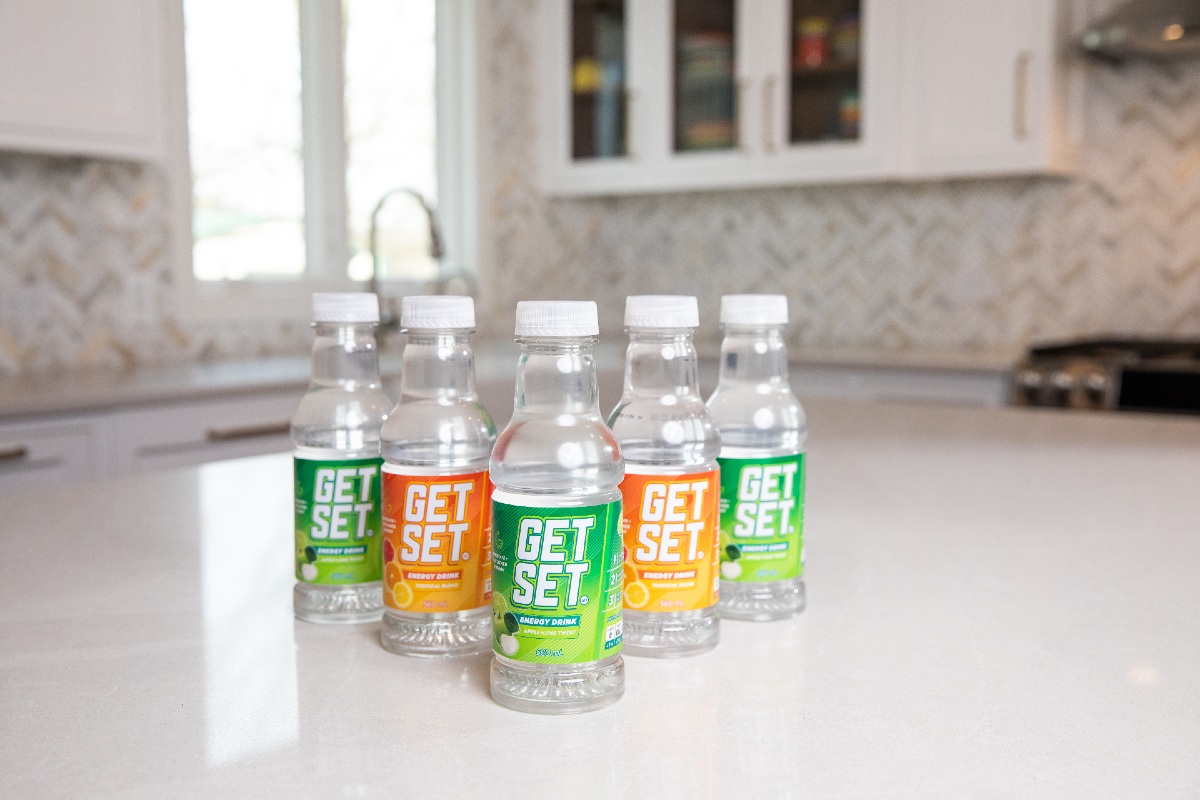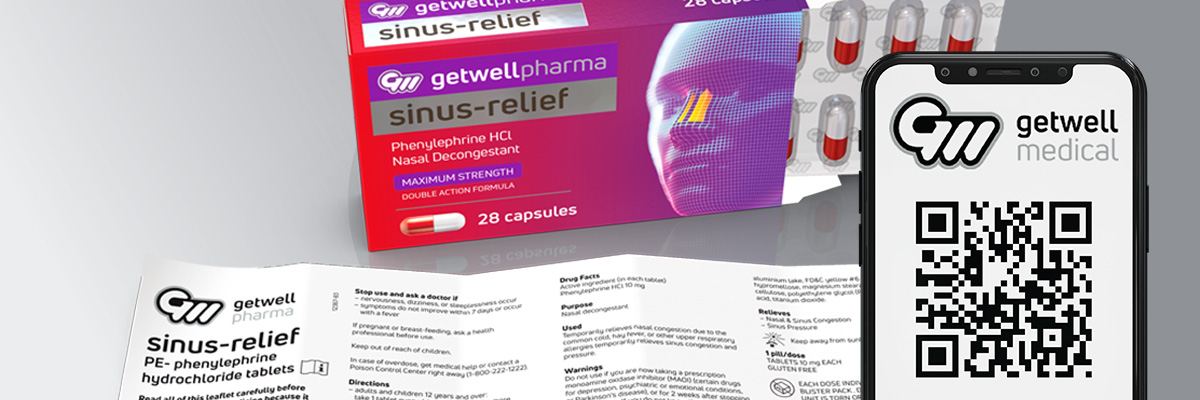Artwork Content Sheets play a pivotal role when it comes to creating and updating life science artwork. They are a key part of Automated Artwork, guiding the placement of various content on a single piece of artwork. In this blog post, we’ll delve into the intricacies of Artwork Content Sheets, exploring their significance, components, and how they enhance flexibility.
Understanding Artwork Content Sheets
At its core, an Artwork Content Sheet doesn’t store content itself; instead, it serves as a roadmap, referencing different content elements that should be incorporated into the artwork. This unique approach provides unparalleled flexibility.
Components of Artwork Content Sheets
- Artwork Languages: The list of languages intended for inclusion in the artwork. Unlike the content elements, which may contain translations unnecessary for a specific artwork, specifying the required languages streamlines the process. For example, if creating an artwork for the Belgian market, the sheet ensures that only Dutch, French, and German translations are used.
- Locale Mapping: This list maps each artwork language to a locale number, such as L1 for Dutch, L2 for French, and L3 for German. This mapping aids in identifying the primary, secondary, and tertiary languages of the artwork (as applicable), allowing for efficient template reuse across markets where content may otherwise be identical.
- Instance Sequence: Individual to a content element ‘type’, this determines the order in which they appear. For example, if there are three different marketing copies that appear on the front of the carton, the instance sequence determines which one comes first.
Locale Mapping for Greater Reuse
Locale mapping becomes instrumental when dealing with artwork template placeholders. Unlike language-specific placeholders, which limit reuse, placeholders tagged with locale numbers facilitate broader application. For instance, by tagging a placeholder as “L1 – Marketing Copy,” the template can be reused for various language combinations based on the Locale Mapping provided in the Artwork Content Sheet.
Instance Sequence: Distinguishing Content Elements
When referencing content elements, Artwork Content Sheets assign an Instance Sequence to each element. This positive integer helps distinguish between content elements of the same type. For example, multiple “Marketing Copy” text content elements may require unique identification on the artwork. The Instance Sequence number indicates whether a placeholder refers to the first, second, or subsequent instance of that content type.
Importance Across Content Element Types
Instance Sequence numbers aren’t exclusive to text content elements; they extend to tables, barcodes, and graphics, as they also map to one or more element types. The Instance Sequence acts as a vital reference property, stored in the connection between the Artwork Content Sheet and the content element, ensuring clarity within the context of the specific sheet.
A Visual Representation
The example below illustrates how the content of an Artwork Content Sheet aligns with placeholders on an Artwork Template, utilizing Instance Sequences to distinguish between different instances of content elements.
| Text Content Element Type | Element Type(s) |
| Text Content Element | <100+ Copy Element Types (Default)> |
| Graphic Content Element | Design Graphic (DESIGN_GRAPHIC) |
| Table Content Element | – Nutritional Facts (NUTRITIONAL_FACTS) – Drug Fact (DRUG_FACTS) – Grid (GRID) |
| Barcode Content Element | Barcode (BARCODE) |
| Structured Content Element | <100+ Copy Element Types (Default)> |
Beyond Mandatory Information
While the outlined components are mandatory for an Artwork Content Sheet’s use in an Automated Artwork context, these sheets can also house additional metadata information, known as “Attributes,” in WebCenter. These attributes enable associations with brands, products, markets, and more, allowing for the addition of custom classification systems. Outside the realm of Automated Artwork, customers often integrate styling advice and operator instructions, demonstrating the versatility of Artwork Content Sheets beyond their core functionality.
In conclusion, Artwork Content Sheets serve as the linchpin in the creation of diverse and multilingual artworks. Their meticulous organization of languages, locale mapping, and instance sequencing ensures a streamlined and efficient design process. As we navigate the intricacies of Automated Artwork, understanding the power and flexibility that Artwork Content Sheets provide becomes indispensable.










